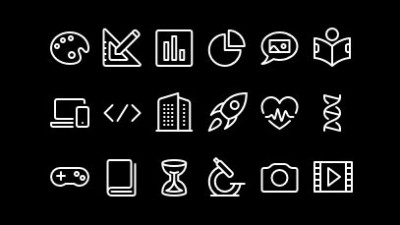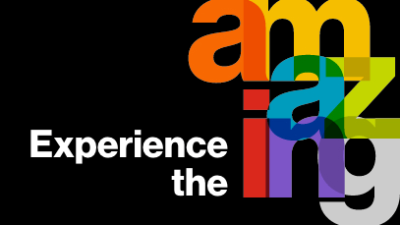Universitywide effort hopes to improve math readiness and success for incoming students
Implementation of a revamped math placement exam targets learning gaps, helps modify intervention strategies as fall classes are underway
Supplied Image
To improve retention and success when students arrive on campus, RIT is rethinking math preparedness by utilizing a revamped math placement examination that helps determine areas of strengths and weaknesses and focus on individual students’ gaps in learning.
In the United States, math performance and scores continues to decline significantly, according to recent reporting in U.S. News and World Report. In addition, U.S. teenagers trail global competitors, continuing an underperformance in math that predates the COVID-19 pandemic.
As a result, RIT is making strides to better prepare first-year students for math coursework through the implementation of a revamped math placement examination. The new exam helps determine areas of strength and those requiring additional attention, focusing on tackling individual students’ gaps in learning. To take the initiative one step further, faculty and teaching assistants can more effectively hone in on math topics and modify intervention strategies during discussions or workshop settings. The goal is to ultimately improve student success and retention.
Deana Olles, principal lecturer in the School of Mathematics and Statistics, led a taskforce spearheading the project.
“Faculty and academic advisers have been asking for a way to better assess students’ strengths and weaknesses when it comes to concepts in mathematics,” said Olles. “We needed a way to bridge gaps in learning, and now we know more about the students we are teaching before they arrive at RIT. The new math placement exam helps instructors identify the areas where students need more attention, as well as place students in the math courses that will benefit them the most.”
Also new for RIT this year is an optional online diagnostic assessment designed to give incoming students a better understanding of their math preparedness prior to taking the math placement exam. Approximately 1,600 incoming students took advantage of the assessment.
Additionally, online learning modules were utilized to complement the required summer math placement examination. The modules, which were optional but encouraged, served as supplemental review of major math concepts that could be accessed by incoming students prior to taking the exam in June, or after a first attempt, to better assess a student’s comprehension level.
Neeraj Buch, dean of Undergraduate Studies and associate provost for Student Success, is pleased with the level of university wide involvement and is hopeful that the new initiative will be impactful.
“This initiative involves many areas including Student Affairs, Academic Affairs, Enrollment Management, the Department of Mathematics and Statistics, all nine RIT colleges, ITS, Student Government, Diversity and Inclusion, and high school math teachers and administrators who were valuable consultants to the taskforce. It’s an example of what can be accomplished when departments work together to benefit our students,” said Buch.
Olles is working with a team to analyze data based on the findings from the placement exam, and further determine any remedial work that students need. At the end of the fall semester, the team will initiate the investigation of course related D, F, and W (withdraw) grades and subsequent impact on future persistence rates.
“This project is helping to put essential instructional building blocks in place to meet our students where they are and maximize their successes,” said Olles.













